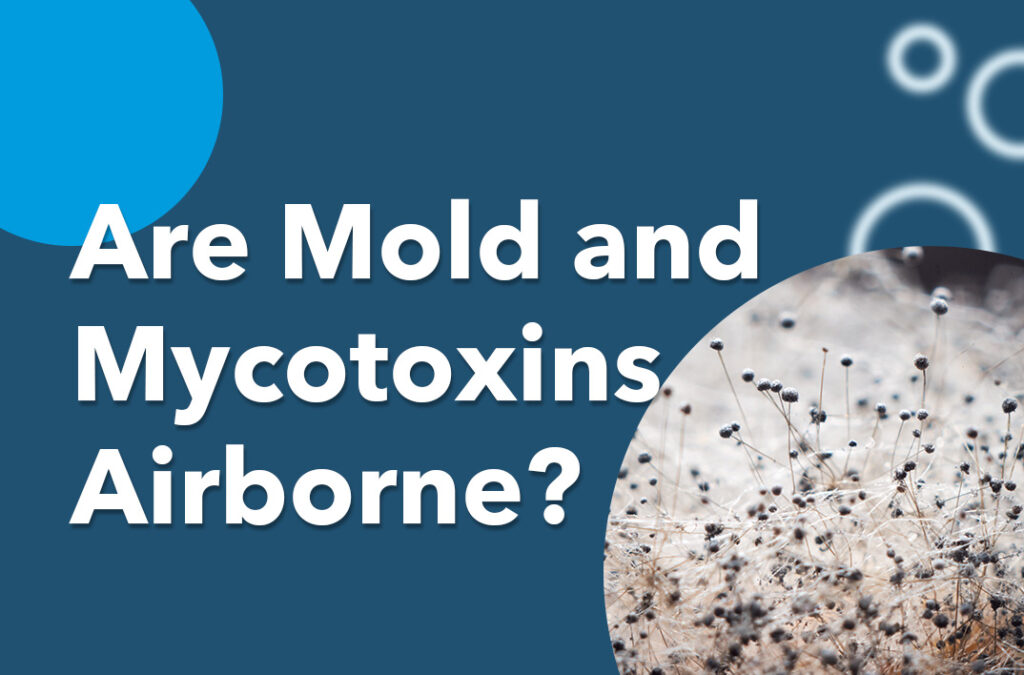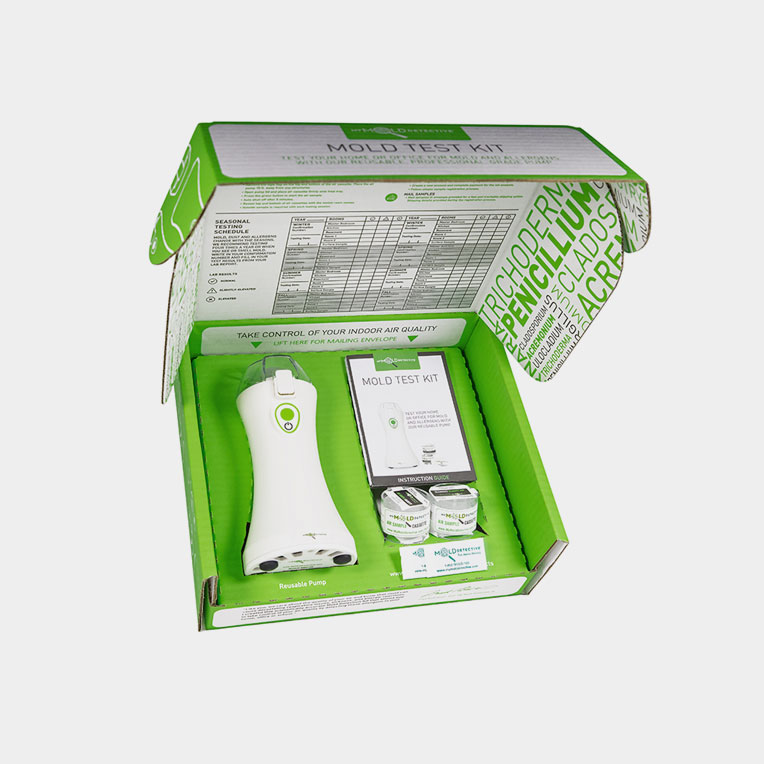Discover the Advantages of Professional Mycotoxin testing Services Today
Discover the Advantages of Professional Mycotoxin testing Services Today
Blog Article
Just How Mycotoxin Testing Assists Prevent Contamination and Safeguard Food Products

Mycotoxin testing is a crucial method in the food industry, functioning as a frontline defense against contamination by harmful toxins created by molds. With the application of advanced techniques like High-Performance Liquid Chromatography (HPLC) and Fluid Chromatography-Mass Spectrometry (LC-MS), food manufacturers can precisely spot and measure mycotoxin levels in farming items. This proactive method not just makes certain conformity with strict safety guidelines but also alleviates health and wellness threats to customers. In addition, routine testing strengthens brand credibility and financial health by decreasing contamination-related events. So, how specifically do these testing procedures integrate into the more comprehensive food safety strategy?
Comprehending Mycotoxins
Comprehending mycotoxins starts with recognizing that they are hazardous second metabolites generated by specific molds, which can contaminate agricultural items. These metabolites are not essential for the development or reproduction of the fungi but can have serious effects for animal and human health and wellness. Mycotoxins are frequently located in staple plants such as corn, wheat, barley, and nuts, where they can proliferate under specific problems of moisture and temperature.
There are a number of kinds of mycotoxins, each produced by various fungal types. Fusarium types create trichothecenes and fumonisins, both of which are associated with various acute and persistent health and wellness issues.

Dangers of Mycotoxin Contamination
The risks of mycotoxin contamination are complex, posing significant dangers to both food security and public wellness. Mycotoxins, poisonous compounds produced by specific kinds of fungis, can infect a wide variety of agricultural items including grains, nuts, spices, dried out fruits, and coffee. When these contaminants infiltrate the food supply, they can cause serious wellness issues such as liver damage, kidney failure, and also cancer. At risk populations, including youngsters, the senior, and immunocompromised people, are specifically in danger.
Financial influences are an additional significant worry. Polluted plants can result in considerable financial losses for farmers and food manufacturers as a result of lowered yields and the demand for pricey purification measures. In addition, international profession can be considerably impeded as nations enforce stringent mycotoxin laws to safeguard their populations, bring about declined deliveries and stretched profession relations.
Environmental aspects such as climate change worsen the risk of mycotoxin contamination. Variants in temperature level and humidity can develop positive problems for fungal development, increasing the possibility of contamination events. Therefore, understanding and minimizing these risks are crucial for making sure the security and stability of global food products.
Techniques of Mycotoxin Evaluating
Precisely recognizing mycotoxin contamination in agricultural items is important for protecting public wellness and keeping food security standards. Different techniques are utilized to discover and quantify mycotoxins, each offering particular advantages and constraints.
High-Performance Fluid Chromatography (HPLC) is a widely made use of technique as a result of its high level of sensitivity and accuracy. It entails dividing mycotoxins from various other compounds in an example, allowing precise metrology. Similarly, Liquid Chromatography-Mass Spectrometry (LC-MS) incorporates liquid chromatography with mass spectrometry to offer comprehensive molecular information, making it specifically beneficial for identifying numerous mycotoxins all at once - Mycotoxin testing Services.

Gas Chromatography-Mass Spectrometry (GC-MS) and Thin-Layer Chromatography (TENDER LOVING CARE) are also employed, each with one-of-a-kind applications. GC-MS is reliable for unpredictable mycotoxins, while tender loving care supplies an easier, economical option for preliminary screening.
Advantages of Normal Checking
Regular testing for mycotoxins in agricultural products supplies many benefits, considerably adding to public wellness and food safety and security. By recognizing contamination early, routine testing aids stop the circulation of poisonous foods, therefore minimizing the risk of mycotoxin-related web link diseases amongst customers. This proactive strategy not only safeguards human health yet likewise enhances the total quality of food products.
Constant screening likewise supports regulative compliance. Various countries and areas have established rigorous limitations for mycotoxin degrees in food and feed. Complying with these limits with regular testing makes sure that manufacturers and providers meet lawful standards, therefore avoiding fines and trade barriers. Keeping conformity fosters customer count on and brand name online reputation, which are important for market success.
Furthermore, normal mycotoxin screening can lead to substantial financial advantages. Early discovery of contamination permits timely intervention, minimizing potential losses from widespread contamination. Executing routine screening protocols can also minimize recall expenses and associated obligations, which can be economically ravaging.
In addition, regular testing supplies beneficial information that can inform better agricultural methods and storage space conditions. By understanding patterns of contamination, manufacturers can take on preventive steps, thus contributing and minimizing future risks to the sustainability of the food supply chain.
Carrying Out Testing Protocols
Executing effective mycotoxin testing procedures is essential for making certain the safety and high quality of farming items. Each phase has to be scrutinized to pinpoint where mycotoxin contamination is most likely to occur.
Once essential control points are recognized, choosing ideal screening approaches is important. Usual methods include enzyme-linked immunosorbent assay (ELISA), high-performance fluid chromatography (HPLC), and mass spectrometry (MS) Each technique has its strengths and weak points; therefore, selecting the appropriate try this one depends on the certain mycotoxin resource being examined, the required level of sensitivity, and available sources.

Last but not least, incorporating the testing methods right into an extensive food security administration system is a good idea. This enhances traceability and enables quick corrective activities when contamination is discovered, consequently securing the integrity of the food supply chain.
Conclusion
Mycotoxin testing is important in stopping contamination and securing food supplies by making it possible for early discovery of damaging contaminants produced by molds in farming items. Regular screening improves brand track record, economic stability, and depend on in food safety and security by minimizing contamination-related losses and keeping high standards in food production.
Mycotoxin screening is an essential practice in the food industry, offering as a frontline defense against contamination by dangerous toxins generated by mold and mildews. An incorporated approach including farming techniques, storage space monitoring, and normal screening can reduce the risks associated with mycotoxin contamination, guaranteeing food security and public wellness.
The threats of mycotoxin contamination are diverse, positioning considerable hazards to both food safety and security and public health.Regular screening for mycotoxins in agricultural products supplies many benefits, considerably adding to public health and wellness and food security.Mycotoxin screening is crucial in stopping contamination and protecting food supplies by allowing early discovery of damaging toxins generated by molds in agricultural items.
Report this page